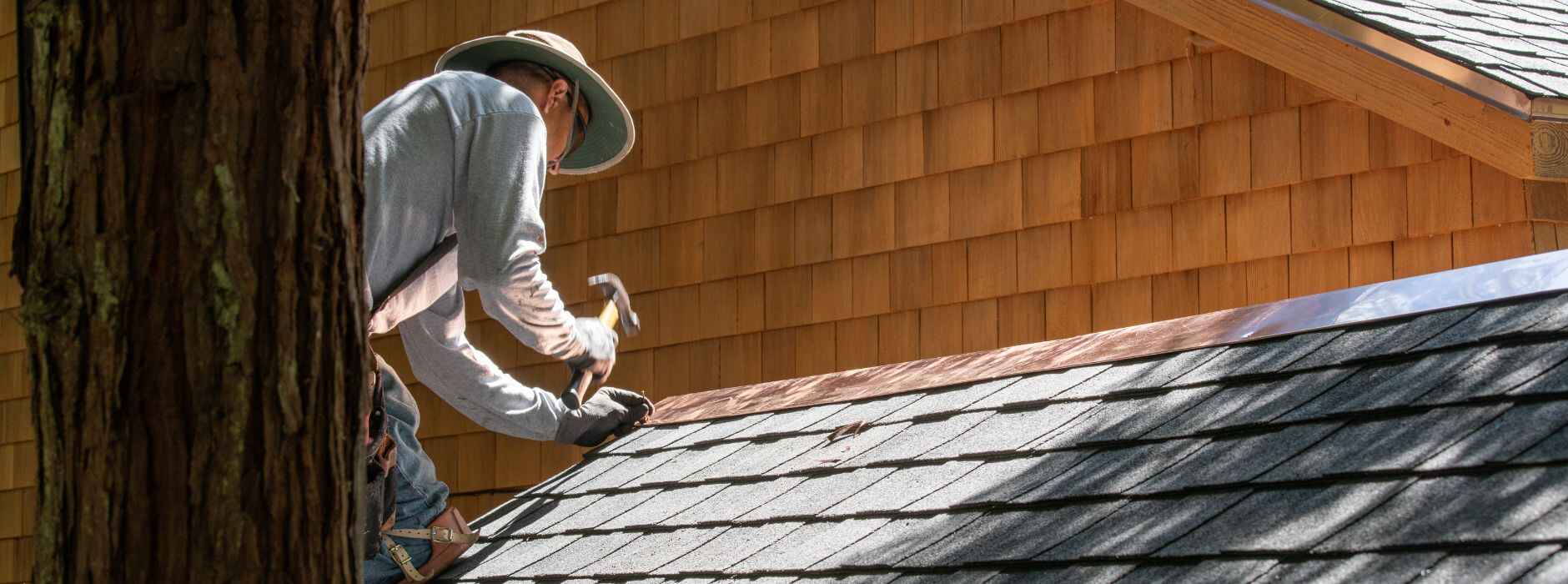In roofing, the term “flashing” often surfaces in discussions regarding maintenance and protection. This seemingly minor component safeguards your home against potential water damage and leaks. But what exactly does flashing entail, and why is it so integral to the integrity of your roof? By understanding the fundamentals of flashing and its various applications, you’ll gain insight into how this unassuming feature can significantly improve the longevity and resilience of your roofing system.
The Basics of Flashing
Flashing in roofing is a critical component that must be meticulously installed to ensure long-term protection against water infiltration and structural damage. Several types of flashing are commonly used in roofing systems, including step flashing, continuous flashing, and counter flashing. Step flashing is typically used around areas where the roof meets a vertical surface, such as a chimney or wall. Continuous flashing is often installed along roof edges to prevent water from seeping underneath the roofing material. Counter flashing is employed where vertical surfaces meet the roof to provide additional protection. Proper flashing installation involves ensuring tight seals, using compatible materials, and following manufacturer guidelines to guarantee optimal performance and longevity.
Importance of Flashing
It is appropriately installed that flashing plays a pivotal role in safeguarding roofing structures against water infiltration and potential structural damage, serving as a crucial barrier ensuring the integrity and longevity of the overall system. Flashing installation is a specialized process that requires precision and expertise from a roofing specialist to effectively seal areas prone to leaks, such as roof valleys, chimneys, skylights, and vents. Without adequate flashing, water can seep into the roofing system, causing rot and mold and compromising the structural integrity of the building. Regular flashing maintenance is essential to prevent leaks and extend the roof’s lifespan. Inspecting flashing for signs of damage, corrosion, or detachment can help identify issues early and prevent costly repairs. Proper maintenance ensures that flashing continues to provide reliable protection against water intrusion.
Different Types of Flashing Materials
Various roofing systems utilize various materials for their flashing components to effectively protect against water infiltration and maintain the structural integrity of the building. When it comes to flashing installation and maintenance, the following materials are commonly used:
– Metal Flashing: Durable and weather-resistant, commonly made of aluminum, copper, or galvanized steel.
– PVC Flashing: Lightweight and flexible, suitable for various roofing applications.
– Rubber Flashing: Offers excellent waterproofing properties and is easy to install and maintain.
Selecting the appropriate flashing material is crucial for ensuring the longevity and effectiveness of the roofing system. Proper installation and regular maintenance are essential to prevent leaks
and water damage.
How Flashing Protects Your Roof
When safeguarding your roof against water infiltration and structural damage, the strategic placement of flashing plays a crucial role in maintaining the roofing system’s integrity. Proper flashing installation offers numerous benefits. Flashing prevents water from seeping into vulnerable areas such as roof valleys, chimneys, skylights, and vent pipes. By directing water away from these critical zones, flashing helps extend your roof’s lifespan and prevents costly water damage repairs. Additionally, regular flashing maintenance is essential to ensure its effectiveness. Simple tips such as inspecting for damage, repairing or replacing damaged flashing promptly, and keeping flashing clean from debris can enhance its protective capabilities and prolong the life of your roof.
Common Flashing Issues and Solutions
Addressing common flashing issues requires a meticulous approach to identifying and resolving potential vulnerabilities in your roofing system. When dealing with flashing problems, it is essential to consider repair techniques and maintenance tips to ensure the longevity of your roof. Some common flashing issues and solutions include:
– Improper Installation: Ensure flashing is properly installed to prevent water infiltration.
– Rust and Corrosion: Regularly inspect and replace corroded flashing to maintain effectiveness.
– Loose Flashing: Secure loose flashing promptly to prevent water leaks and structural damage. By addressing these issues with appropriate repair techniques and implementing regular maintenance tips, you can enhance the durability and performance of your roofing system.





